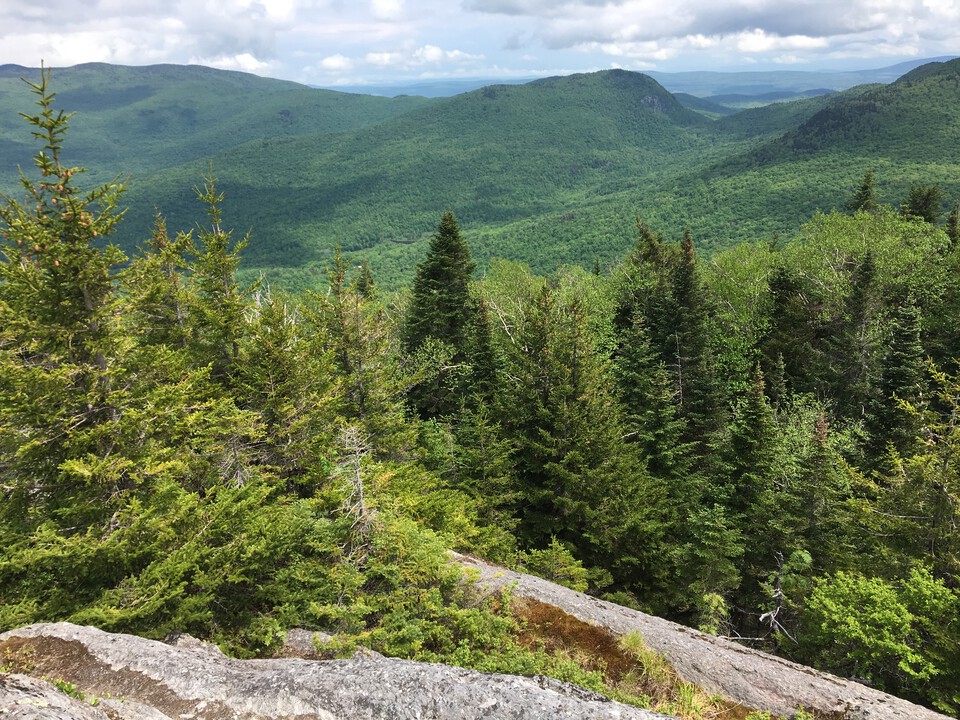Evergreen REDD+ Forest Protection
Protecting 130,554 hectares of forest area from deforestation in Brazil
This project preserves 130,554.81 hectares of forest in Apuí, Amazonas. As the municipality with the tenth highest deforestation rate in Brazil, it's considered a priority area for forest conservation worldwide.
The project's landowner is bolstering surveillance of the project area, abandoning planned deforestation activities, and implementing policies that provide climate, community, and biodiversity benefits.
Given the deforestation pressures and financial difficulties related to sustainable economic activities in the area, this project prevents probable climate-harming scenarios from coming to pass—notably the sale of farmland to private investors for conversion to pastureland. This, in turn, avoids potential deforestation beyond the Brazilian Forest Code limits and the sale of illegal timber, as well as the implementation of unsustainable cattle ranching operations.
Project location
Technology and mechanism
Project certifications
Certifier
Standard
Verified Carbon Standard
Registry ID
VCS2539
Project methodology
VM0007 Methodology for REDD+, Version 1.6
Project design document (PDD)
PDD: Evergreen REDD+ Forest Protection
Current verifier of project outcomes
RINA Services S.p.A
Project details







